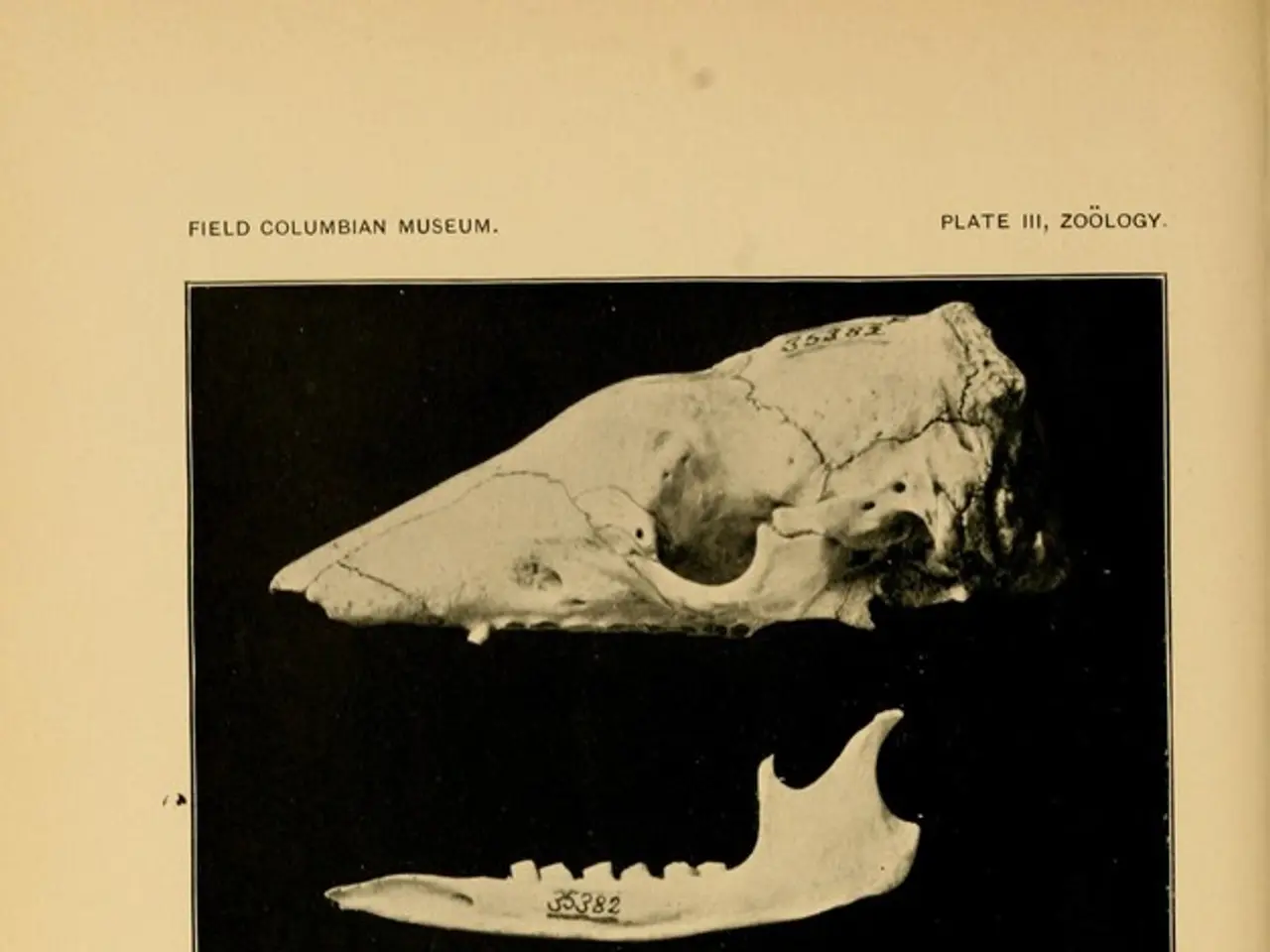Understanding Thyroid Malignancy
Thyroid cancer, a type of cancer that affects the thyroid gland located in the front of the neck, is becoming more common, particularly among women. This article aims to provide a clear and concise overview of the disease, its risk factors, symptoms, treatment, and prevention.
Risk Factors
Certain factors can increase a person's chances of developing thyroid cancer. These include family history, exposure to radiation, female gender, age, genetic mutations, and hormonal and reproductive factors. One should focus on understanding genetic factors such as mutations in the RET proto-oncogene linked to hereditary medullary thyroid carcinoma, autoimmune conditions like Hashimoto's thyroiditis, environmental and lifestyle risk factors, and ongoing research into molecular, cellular, and radiopharmaceutical mechanisms involved in thyroid cancer development.
Symptoms
In its early stages, thyroid cancer may not cause any noticeable symptoms. However, as the cancer grows, it can lead to a range of symptoms, such as a lump or swelling in the neck, pain in the neck or throat, difficulty swallowing, hoarseness or voice changes, frequent coughing, neck pain that radiates to the ears, difficulty breathing, weight loss, fatigue, changes in appetite, changes in menstrual cycles, heat intolerance, increased heart rate, tremors, and changes in skin and hair texture.
Diagnosis
Diagnosing thyroid cancer typically involves a medical history, physical examination, imaging tests, biopsy, and thyroid function tests.
Stages and Treatment
The staging system for thyroid cancer helps doctors determine the extent of the cancer and develop a personalized treatment plan. The stages range from I to IV, with IV being the most advanced. Thyroid cancer treatment usually involves a combination of surgery, radioactive iodine therapy, and hormone therapy. The goal of treatment is to remove the cancerous tissue, prevent recurrence, and manage any remaining cancer cells.
Surgery for thyroid cancer typically involves removing the affected lobe of the thyroid gland (Thyroid lobectomy) or the entire thyroid gland (Total thyroidectomy). Lymph node dissection and neck dissection may be performed to remove lymph nodes in the neck that may contain cancer cells.
Radioactive iodine therapy is used after surgery to destroy any remaining cancer cells in the thyroid gland. Thyroid hormone replacement therapy is used to replace the hormones produced by the thyroid gland after surgery.
Targeted therapy involves using medications that target specific genes or proteins that contribute to the growth and survival of cancer cells.
Survival Rates
The overall 5-year survival rate for thyroid cancer is around 98%. However, it's essential to note that this rate can vary depending on the stage and type of thyroid cancer, as well as the individual's overall health.
Prevention and Awareness
Thyroid cancer awareness ribbon colour is teal. Regular check-ups and early detection can significantly improve the chances of successful treatment. If you notice any unusual symptoms or are concerned about your risk factors, it's crucial to consult a healthcare professional.
In conclusion, understanding thyroid cancer is essential for early detection and effective treatment. By being aware of the risk factors, symptoms, diagnosis, stages, and treatment options, individuals can take proactive steps towards maintaining their health and wellbeing.






